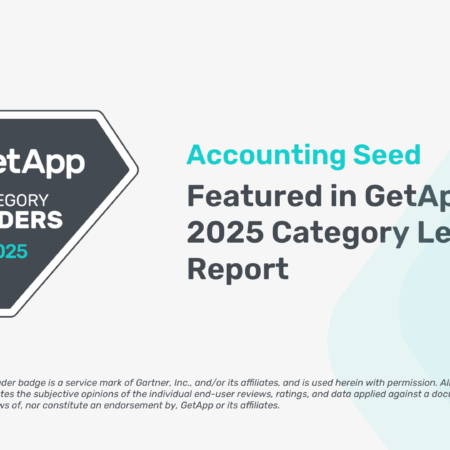
Software integrations exist because different users or functions of the business need to bring together data housed within different applications to do their job. Even for companies operating purely in the cloud, the total efficiency, accuracy, reliability, and timeliness of the company’s information technology solution become dependent on how well the 10/20/30+ integrations among these separate applications work.
Integration Breaking Point
Integrations often become the breaking point of an organization because they’re very expensive to write well and only work as well as they are supported. The company is also left with multiple versions of the truth: duplicate data between applications.
The costs for a company to maintain integrations for all these systems start to skyrocket between their own internal labor, middleware they purchase, and/or consultants they hire to build integrations. Often, integrations continuously break down and need support.
The Roots Of Over-Reliance On Integration
There are two very natural forces that drive companies to be burdened by integration:
- Business software is largely shopped for and sold for a single functional area. A lot of people aren’t aware that you can simply buy multiple applications on a single platform as this has only been available since around 2010.
- Middleware companies promote integration as the solution to sell their own offering.
Go Lean: Use A Single Platform
The benefits of a single platform are undeniable because there’s no need for excessive integrations to be written or supported. Software built in the same platform, like a CRM, are designed to automatically streamline data within the system. Eliminating siloed applications that don’t correspond with each other will also remove dysfunctions like:
- Expensive and fragile integrations
- Multiple versions of the truth and duplicate data
- Labor intensive reconciliation of data
- Untimely and inaccurate information for business users
Furthermore, the money spent on integration can then be used to create value-added automation for your company, or be saved altogether.
See Accounting Seed in action
See how accounting on Salesforce can eliminate the need for costly integrations—and silos of mismatched information—by sharing the same database as your CRM.



